The snowbound snowshoe hare
The survival of the North American hare is closely linked to the presence of snow, as are its other common names: varying hare and snowshoe hare. The pelt of this “varying hare” is greyish in summer, changing to white in winter. The colour change allows it to merge with the landscape… as long as the snow arrives when it should.
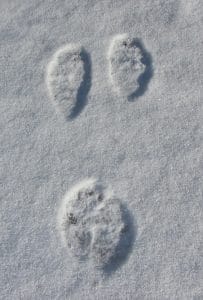
The large back feet of this lagomorph serve as its snowshoes, facilitating its movement across deep snow. A study done in Alberta showed that the hare’s chances of survival vary with the depth and hardness of the snow.
Hares have a 97 per cent chance of surviving 30 days when the snow is over 60 cm deep, but the statistic falls by 10 per cent if there’s only a 25 cm snow covering. The survival rate falls to 77 per cent when the snow covering is shallow and soft. Why?
When the snow is thick, the hare can move around on it more easily than its main predators, the coyote, lynx and fox. It can elude them and hide more easily. If a first, light snowfall arrives before the hare has completed its autumn moult, it becomes extremely vulnerable.
The hare can be seen wherever there are young coniferous trees, thickets and marshy areas, and beside streams and rivers. It does not dig a burrow, but hides under low branches or fallen trees.
Look for signs of its presence: cleanly cut twigs, gnawed bushes, small spherical pellets of fecal material and its characteristic tracks in the snow.
Hare populations have always followed a regular cycle, which reaches its peak every nine or 10 years. Will the unpredictable fluctuations in snow cover caused by climate change modify the chances of survival of this species? It’s a distinct possibility. The animals from this region are featured at Animalium, Mont-Tremblant’s zoological museum.
By the same author: Do predators kill for fun? (Click the image below)

Jacques Prescott131 Posts
Jacques Prescott est biologiste, professeur associé à la Chaire en éco-conseil de l’Université du Québec à Chicoutimi. Spécialiste de la biodiversité et du développement durable, il est l’auteur de nombreux livres et articles sur la faune et la conservation de la nature. Il nous fait l’honneur de rejoindre notre équipe de collaborateurs et signera chaque mois une chronique intitulée Faune et flore. / Jacques Prescott is a biologist, associate professor with the Chair in Eco-Counselling of the Université du Québec à Chicoutimi. A specialist in biodiversity and sustainable development, he is the author of numerous books and articles about wildlife and nature conservation. He has honoured us by joining our team of contributors and will write a monthly column entitled Wildlife and Habitat.
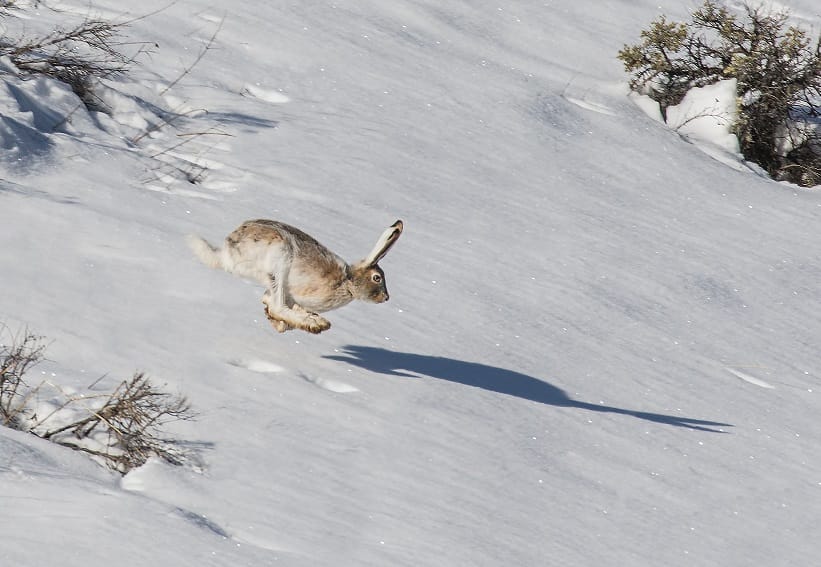
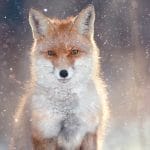


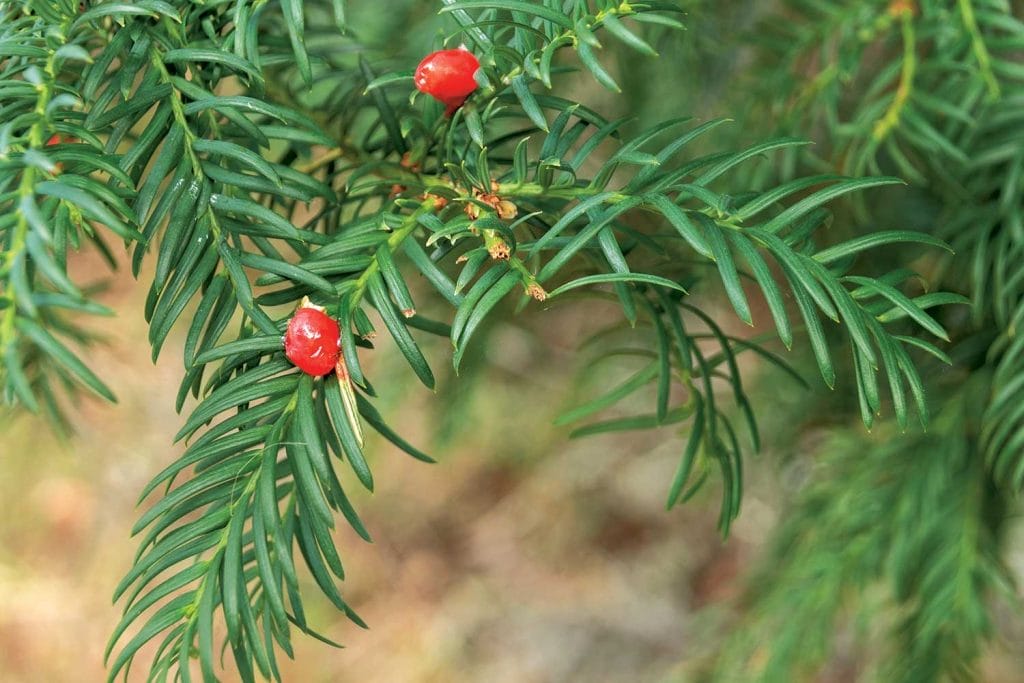
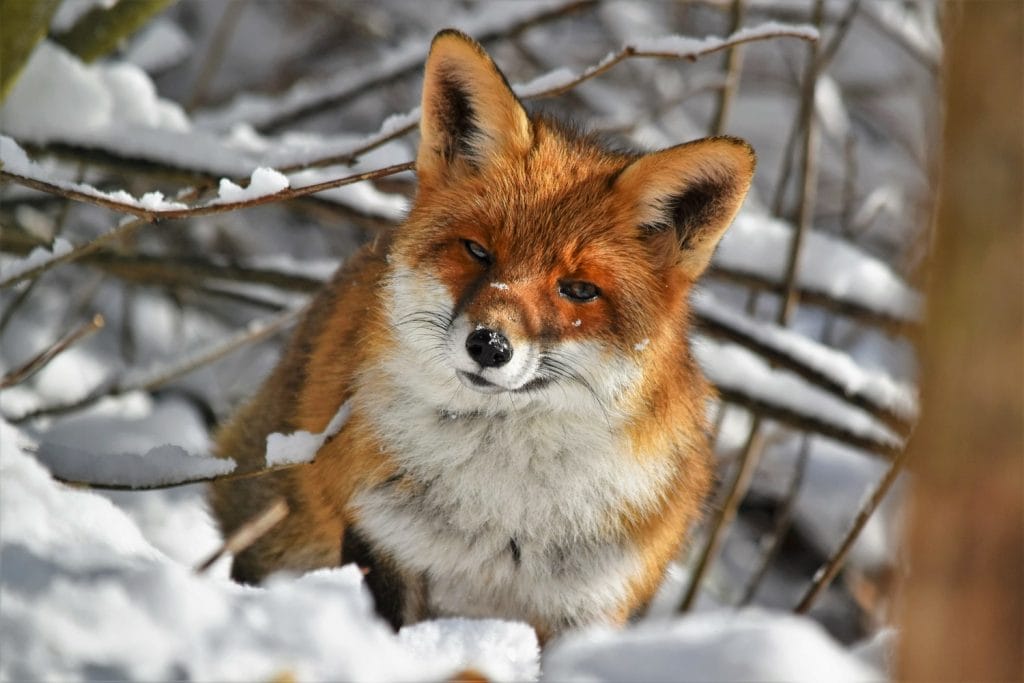
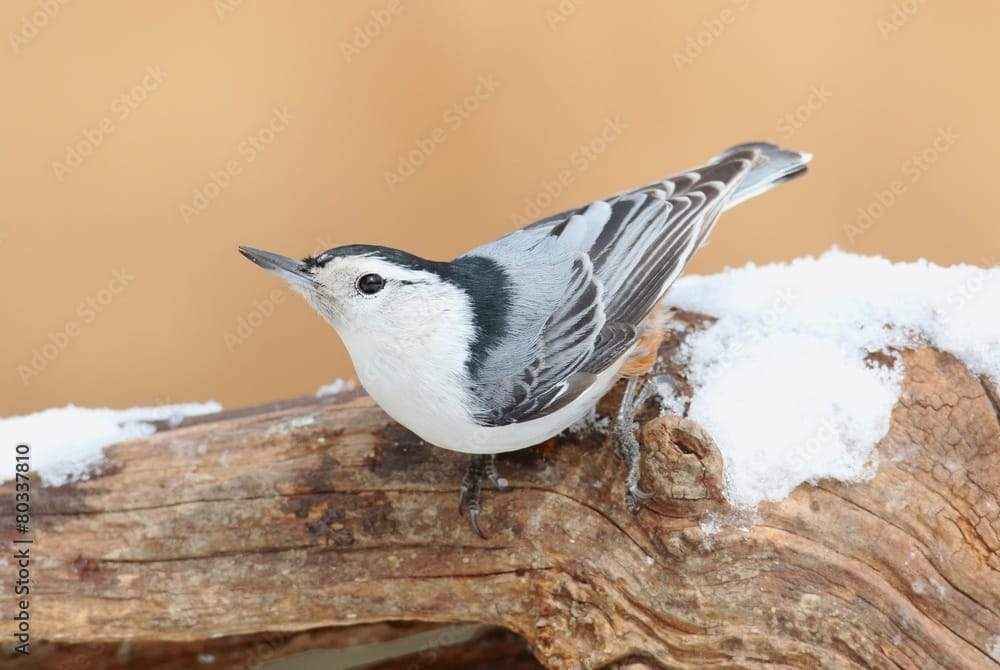
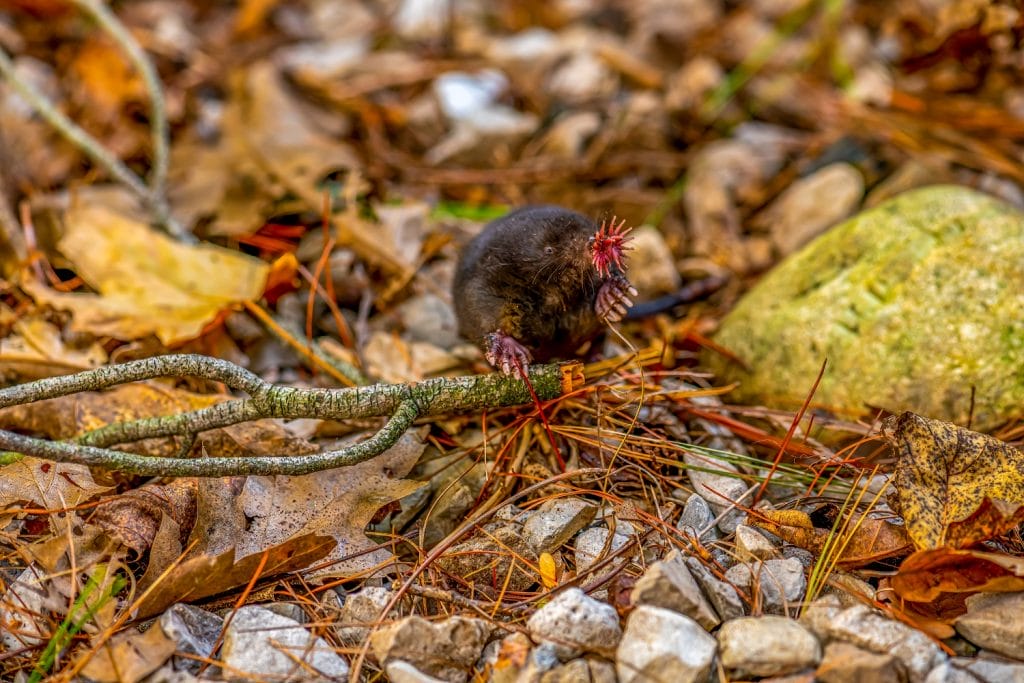
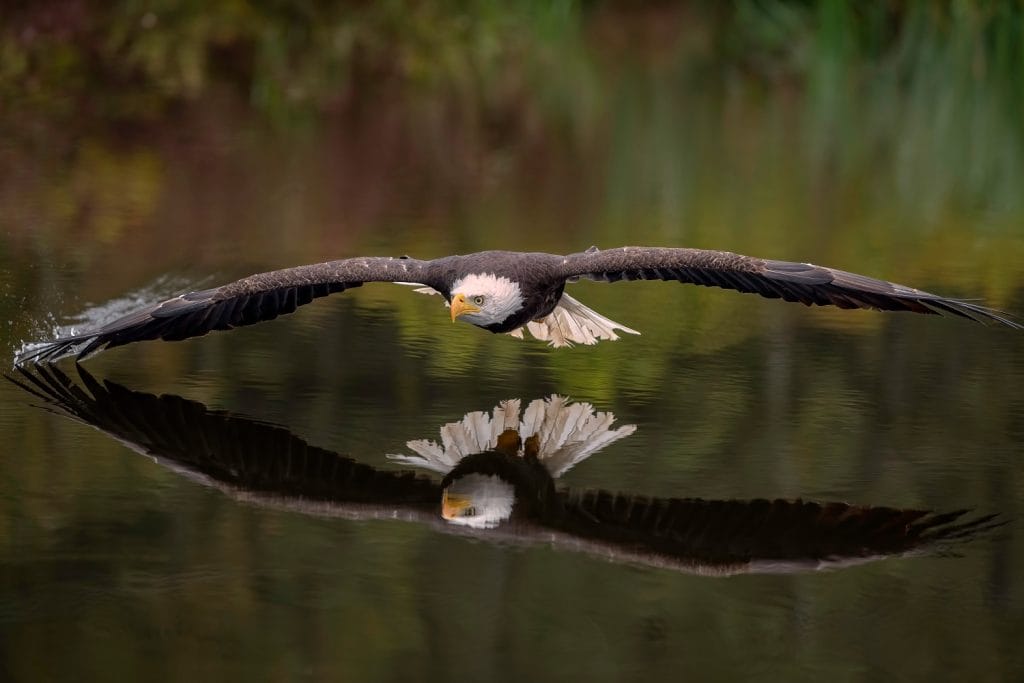
0 Comments